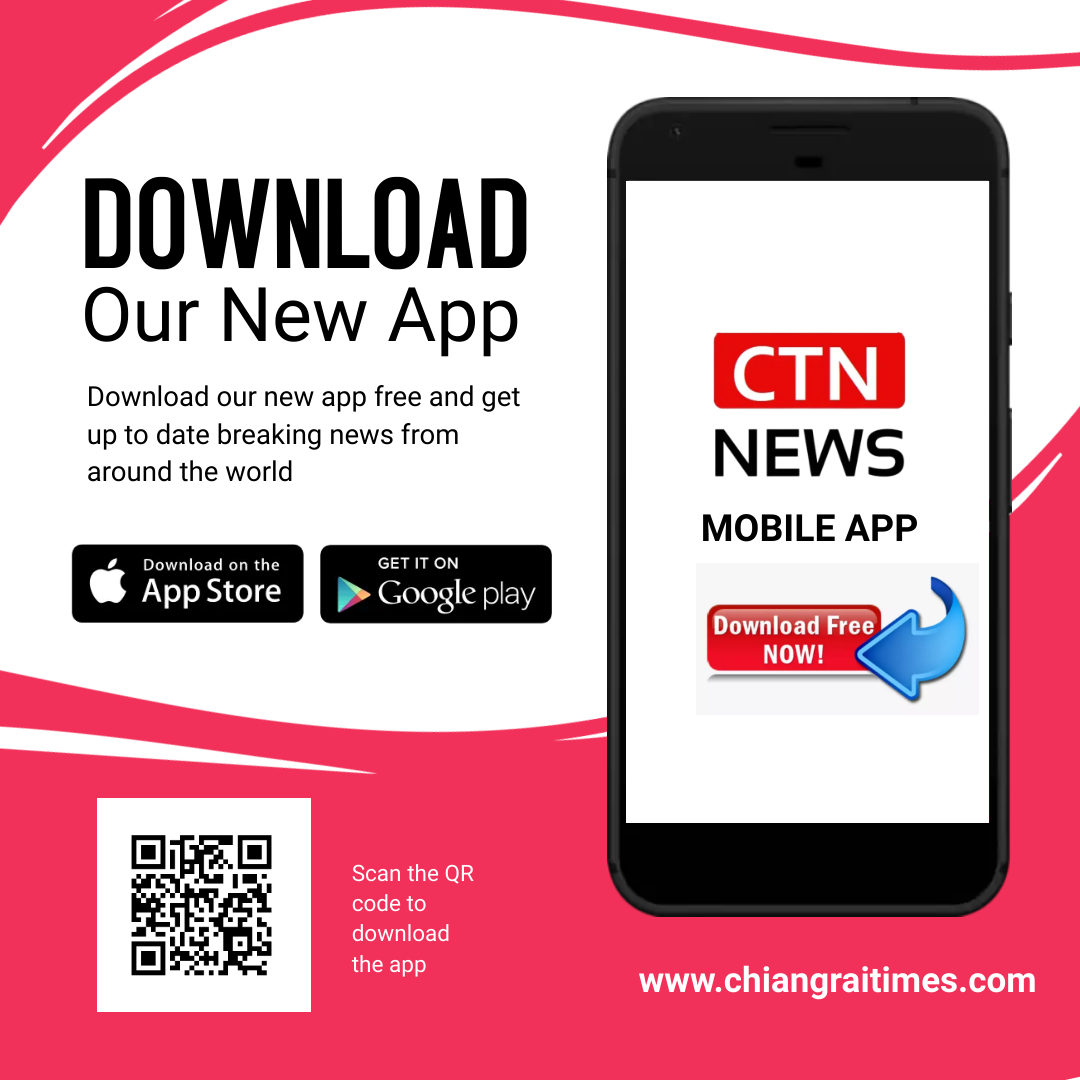In the modern high-speed digital world, the task of managing the perception of the population, correcting the misinformation, and reacting quickly to the crisis is a constant problem of the public sector organization.
It can be a health crisis, a political scandal, or a natural catastrophe, but the response of the public entities should be fast and tactical. This is the point where media monitoring will be of great value in crisis management.
What is Media Monitoring?
Media monitoring is the process of monitoring, analyzing and evaluating media content on various channels, such as online news, broadcast, social media and print to gain an insight into how a topic, organization or event is being reported.
To the organizations in the public sector, it provides a vital insight into the mood of the people, emerging stories, and reputational threats.
The Public Sector and the Need for Media Monitoring
Crisis scenarios tend to change fast. Government departments, regulatory bodies and emergency services are all members of the public sector that require accurate and timely information to make informed decisions.
The old media scanning techniques are inadequate. In the current era of information, real-time media monitoring guarantees that such organizations are ahead of the story.
Be it monitoring misinformation regarding a government policy or finding out the response of the population to a political speech, media monitoring allows the public officials to act proactively rather than reactively.
Such responsiveness does not only assists in containing the narrative but also earns the trust of the people, which is a key factor in any crisis.
The Role of Media Monitoring in Crisis Management
1. Prevention of Potential Crises Early
Newer media monitoring tools use AI and machine learning to identify abnormal spikes in activity or sentiment. As an example, when there is a sudden spike in social media posts criticizing a policy of a public transport, the monitoring system will alert them, and the communications teams can prepare a response. This early warning system assists in reducing the possible destruction before it becomes severe.
2. Response coordination and real-time Updates
In the case of a current crisis (natural disaster or a cyber-attack), it is important to be aware of the latest information. Live alerts and constant updates are offered by real time media monitoring, which assists the teams in the public sector to organize their response activities effectively. This enables decision-makers to change the messaging and strategies according to the current reaction of the public and media.
3. Combatting Misinformation
Fake news and misinformation are common in public sector organizations, particularly during elections or health emergencies. With a powerful media monitoring tool, teams will be able to detect false narratives that are being propagated on social media and other digital platforms within a short time. Having identified them, they can be refuted using facts, press releases or even briefings to the press, and this will reduce confusion and panic among the people.
4. Knowledge of Public Opinion
A comprehensive media monitoring tool not only monitors what is being said, but also how people feel about it. Sentiment analysis, which is a fundamental capability of most media intelligence platforms, allows government organizations to understand how people feel about such controversial topics as law enforcement, taxes, or healthcare. The sentiment data is priceless when it comes to the customization of communication strategies that will appeal to the masses in times of crisis.
5. Post-Crisis Assessment and Reporting
After a crisis is over, it is important to assess the way it was managed. Media monitoring tools give in-depth analytics of media coverage volume, sentiment changes, and engagement rates across platforms. These lessons enable the teams in the public sector to know what worked, what did not, and how they can do better in the future. These retrospective analyses also guide long-term planning and the making of public policy decisions.
Selecting the Proper Media Monitoring Software
Media monitoring solutions are not equal. In the case of the public sector, a tool should provide:
- Full coverage of both traditional and online media
- Real-time alerting abilities
- Media intelligence and advanced sentiment analysis features
- Reporting and custom dashboards
- Good data privacy and security controls
These characteristics make the organization dynamic, knowledgeable, and able to deal with any PR issue effectively.
Media Intelligence as Strategic Resource
Media intelligence, or the capacity to draw practical conclusions based on the huge volumes of media data, lies at the core of effective crisis communication. When the public sector organizations invest in a strong media monitoring platform, they have a strategic tool that is more than damage control. It turns into a policy-making, public engagement and institutional transparency resource.
Final Remarks
Media monitoring is an essential part of the public sector crisis management in a world where the public discourse is playing out at the speed of light. It enables organizations to identify problems early, act fast, and communicate effectively with the population.
Using real-time media monitoring, sophisticated media monitoring software and integrated media monitoring solutions, the government bodies can not only handle crises but also gain the trust of the people by being transparent and responsive.
With the changing digital landscape, there is a need to change the tools for navigating the landscape. In this respect, media intelligence provides a competitive advantage that no agency in the public sector can afford to miss.
Related News:
Thailand’s Anti-Fake News Center to Use AI to Combat Misinformation














